Tag: A Mormon Image
-
A Mormon Image: Joy On A Cattle Truck
This is a group of mostly single Latter-day Saints from D.C. and elsewhere who are on their way to volunteer in a remote Guatemalan village in the Polochic Valley– one of the poorest in the world. Many of the villagers from this area are themselves Latter-day Saints. The volunteer work done be this group consisted…
-

A Mormon Image: Sweaters for the Penguins
The sweaters that these penguins are wearing are designed to save their lives after oil spills off of the Australian coast. They were knitted by Aussie Relief Society sisters. Who says that LDS service projects aren’t fun? (And as Nate asked last time: Who got to put them on the penguins?) (Picture courtesy of LDS…
-
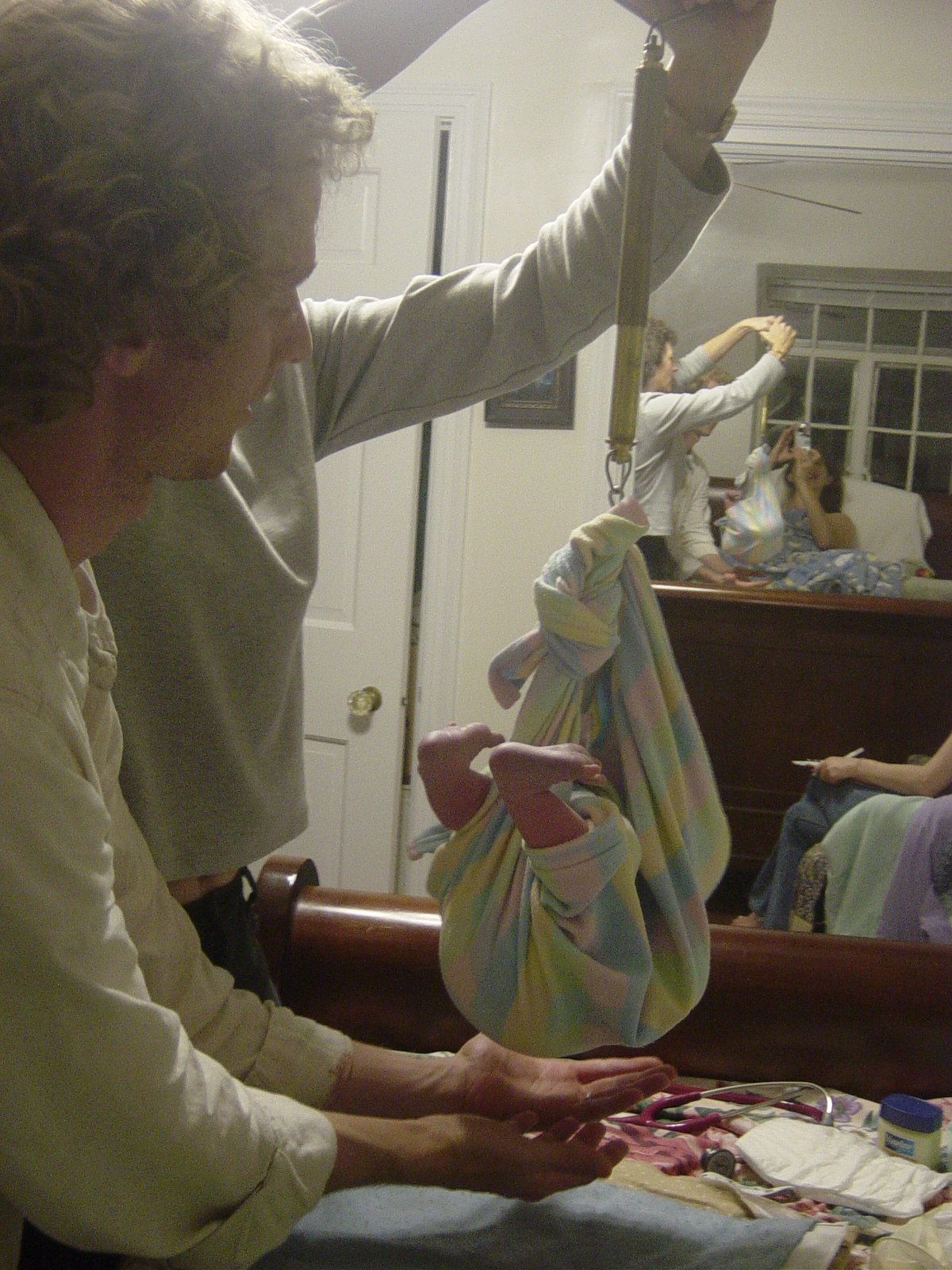
A Mormon Image: Weighing Eternity
An oft-quoted passage from our Bible Dictionary states that “only the home can compare with the temple in sacredness.” This statement has been concretely validated in the birth of our children. No experience I have ever had has compared in holiness with our experiences of welcoming our children into this world and into our home.…
-

A Mormon Image: Newport Beach Temple Wedding
or, an untraditional Mormon couple in traditional clothes. After the ceremony while I was walking through the temple halls, people were coming out from all over the place to gawk at my dress. I think most of them had never seen formal Vietnamese wedding regalia before. What’s funny is that the Vietnamese traditional dress (ao…
-

A Mormon Image: The View from the Roof
Here’s an image from ‘The Roof’ restaurant in the Joseph Smith Building. It’s a family tradition to eat there for special occasions, this one being my mission call. I always love the view. Submitted by M. Dean Egan
-
A Mormon Image: Waiting by the Earthstone
This is a picture I took of my eldest son and daughter, waiting outside the Salt Lake Temple after my niece’s wedding. As it was a Friday in June, there were many people waiting outside for wedding pictures. My children, while not exactly reverent and not at all quiet, certainly found plenty to keep them…
-
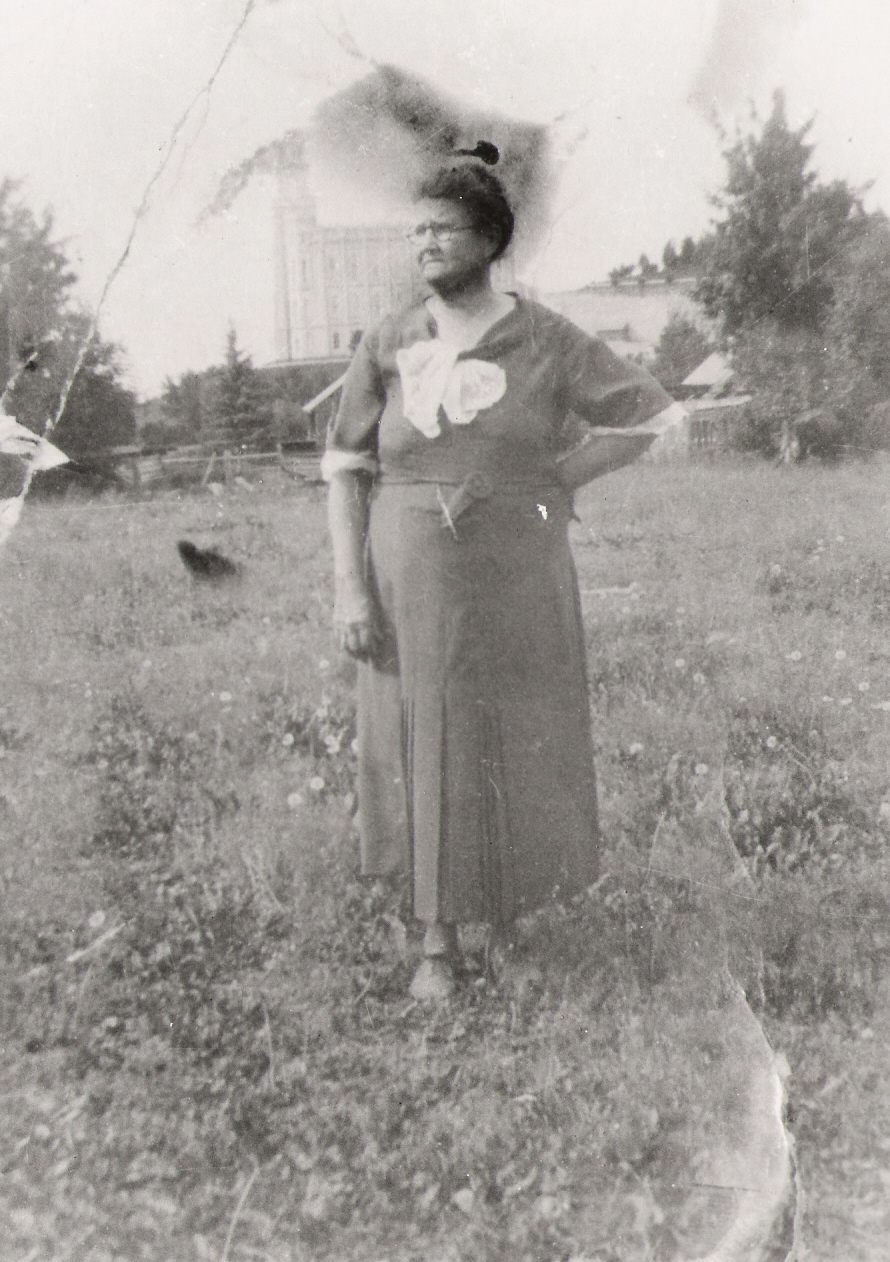
A Mormon Image: Life, Mundane and Sacred
This image shows my great-grandmother Sarah Day Hall standing at her front gate in Manti, Utah, in the 1930s. In her workaday clothes, behind her sagging fence, the life of this Mormon matriarch would seem not to have changed much from her earlier sharecropper’s life in Alabama. The second image, though taken in her inelegant…
-
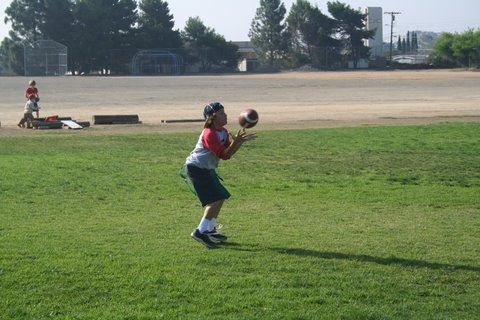
A Mormon Image: Turkey Bowl
Isn’t that a great catch? Now take a look at the whole set of photos, as photographed by a beautiful woman (who knows the photo series coordinator):
-

Our New Look
So, Times and Seasons is sporting a new look. But rest assured, while the packaging has changed we are not tinkering with the secret formula that creates the sweet, slightly acidic, but oh-so-refreshing content inside. This new design is – a bit lighter – a bit wider – aimed at featuring more – and more…
-
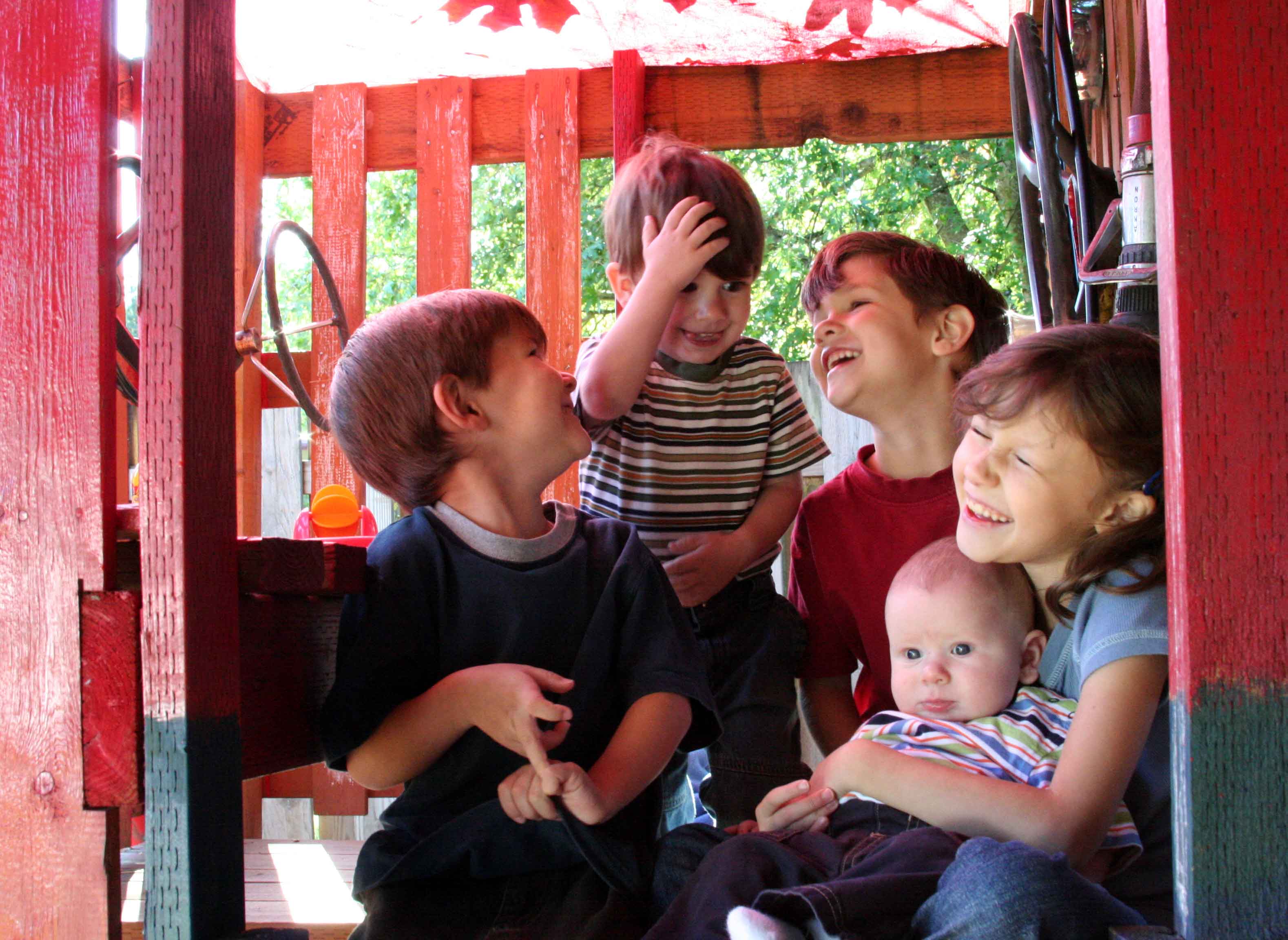
A Mormon Image: Smiles
“…make the world a better place by smiling all the while.” (Primary Song #267) From the author of salt lake architecture and green mormon architect blogs.
-
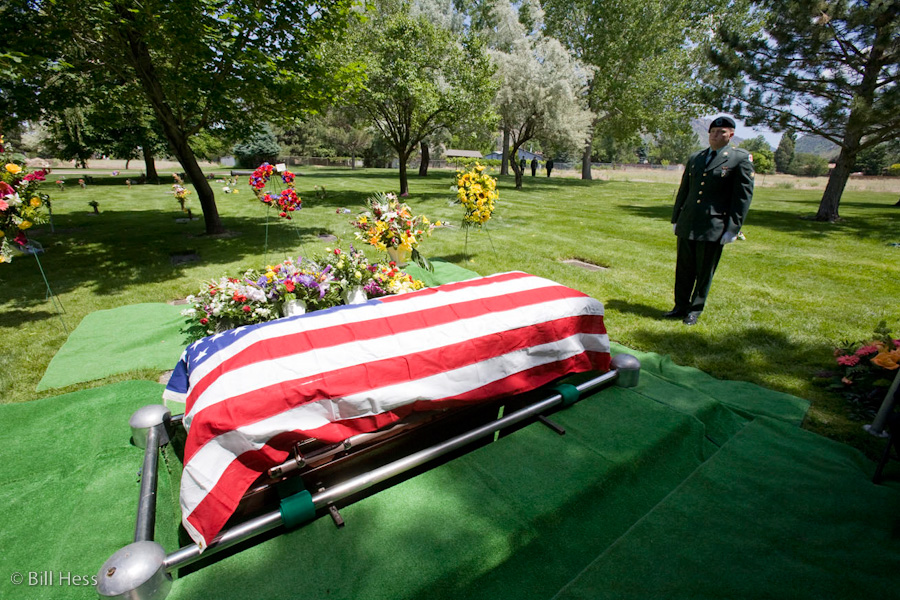
A Mormon Image: Memorial
from Bill of Wasilla, who writes: Dad is the man who lies in this flag-draped coffin. I will not say too much about him for now, except that he was a good father and that, thanks to him, and many more like him, most of them gone now, the evil dream of a man named…
-
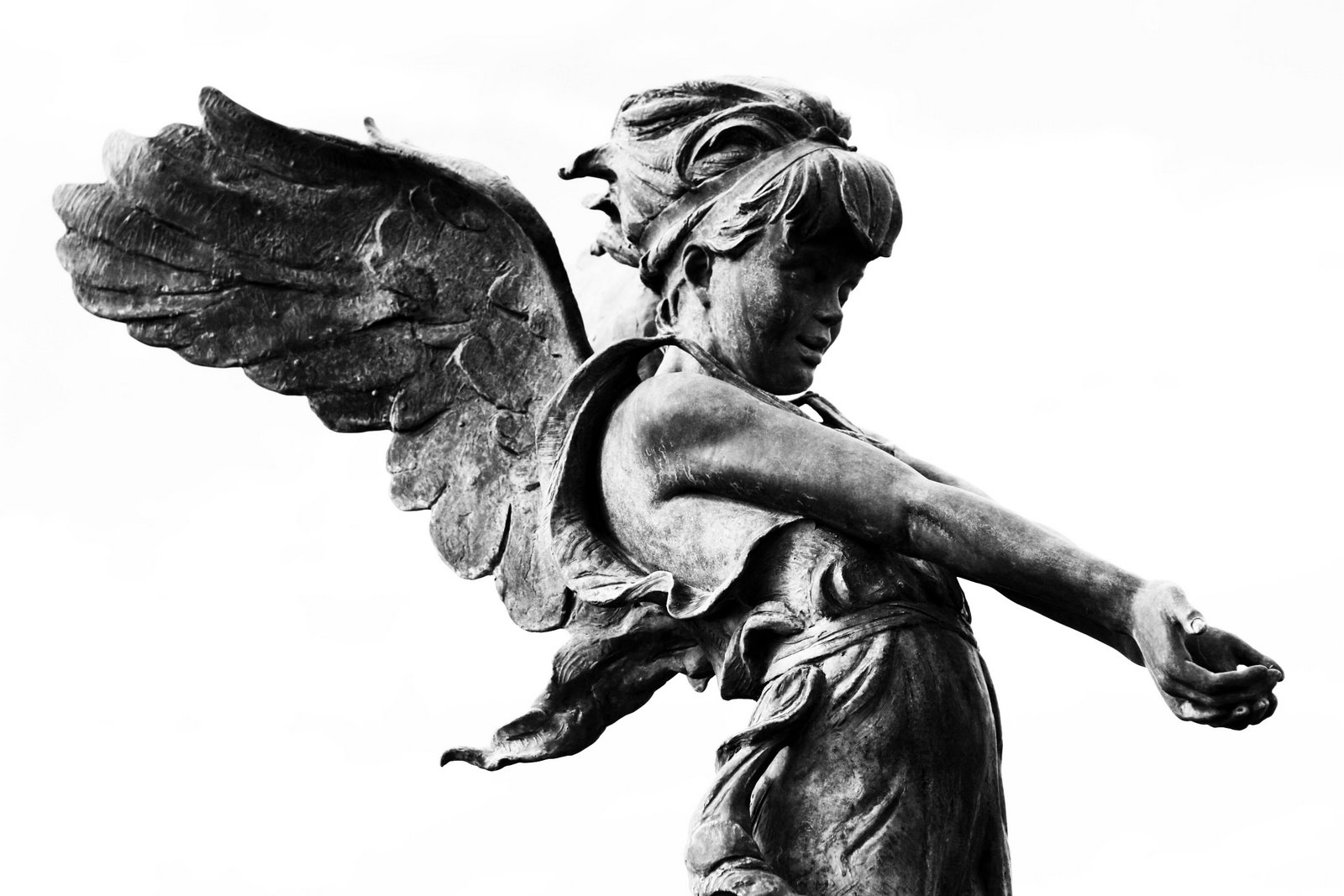
A Mormon Image: Guardian Angel
This is a statue of an angel in the cemetery where my first baby is burried. I like that she’s smiling. Death is heartbreaking but it’s not only sad. I am also filled with hope when I think about my son. He is alive and happy and we can be an eternal family. It has…
-
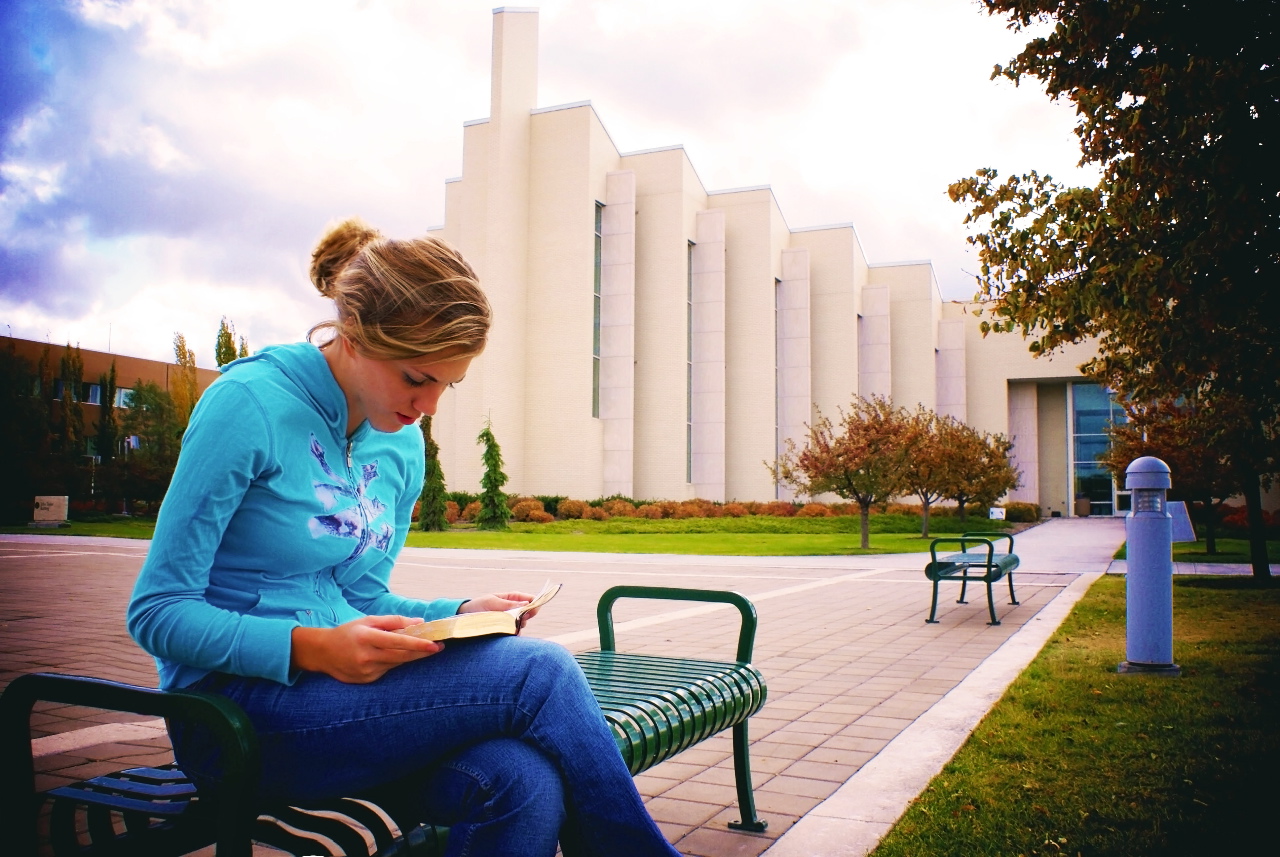
A Mormon Image: House of Learning
My sister studies outside the John Taylor building on the campus of Brigham Young University- Idaho. “..seek learning, even by study and also by faith.” D&C 88:118 by Blake
-
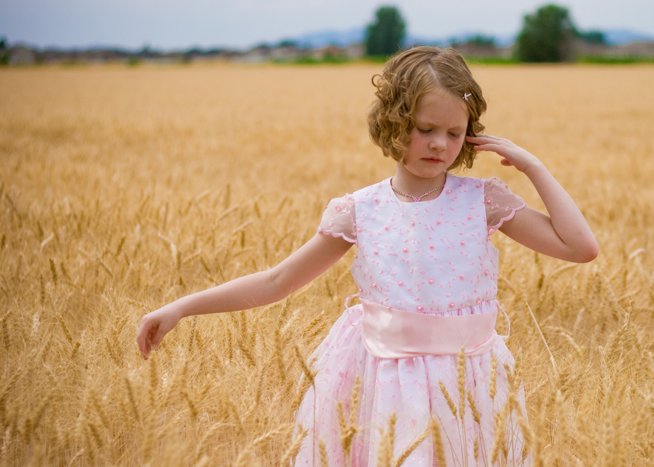
-
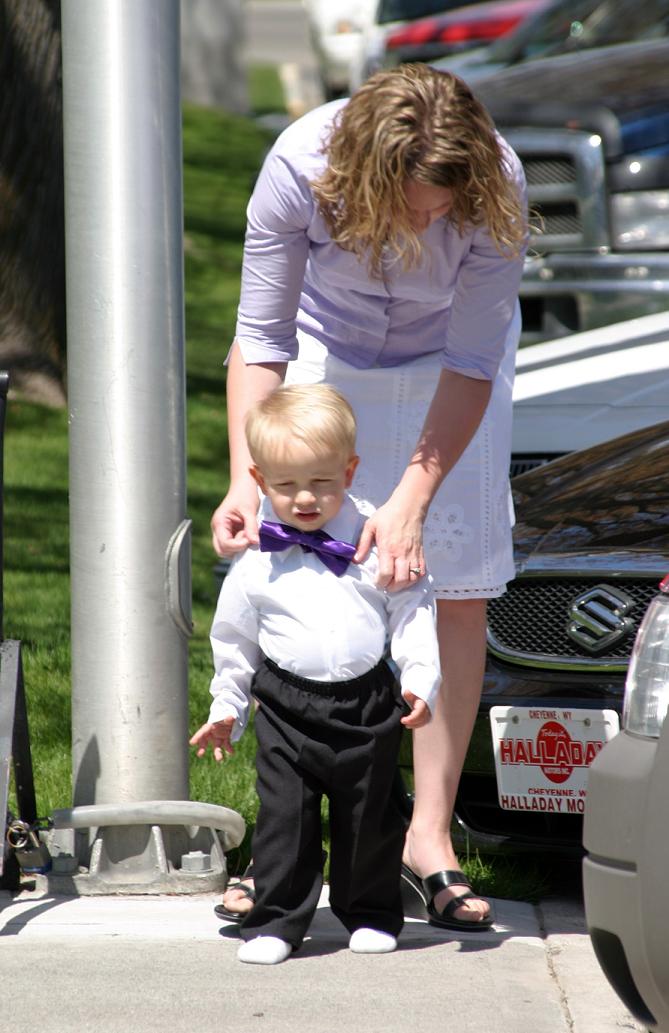
A Mormon Image: Preparing for the Wedding Reception
Photo by L-s Sus, who writes: The picture is of my wife and son and was taken at my sister’s wedding. It captures many themes that resonate with my concept of Mormon identity: Family, Motherhood, Nurturing, and Beauty. It also reminds me that we have benevolent heavenly parents who reach down and give assistance, and…
-
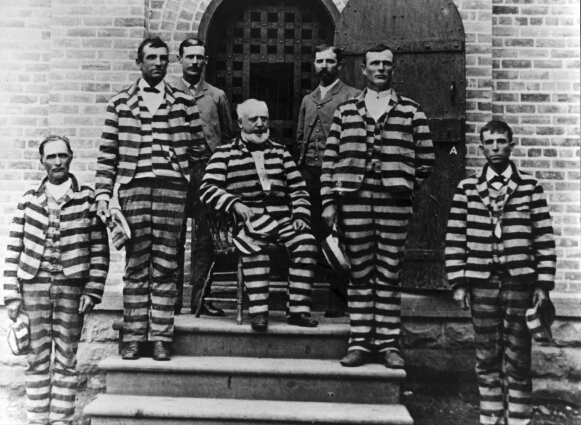
Photo Series: A Mormon Image
In an effort to increase the beauty-to-blather ratio around here, we’d like to kick off a new series of posts featuring photos and other images which carry meaning to us because they resonate with our Mormonness. And we’d like to include all of you in this project. That is, we’re inviting you all to send…
-
A Mormon Image: Sweaters for the Penguins
This image was too good not to revive the Mormon Images feature of blessed memory.
-
A Mormon Image: Gadfield Elm Chapel
One of the interesting factoids of church history is that for a brief period in the 1840s there were more Mormons in Great Britain than in the United States. Beginning with the mission of the Twelve to England, Mormon missionaries were very successful in Britain, especially in the so-called “potteries” region around Manchester. (Momon missionaries…
-
A Mormon Image: Joseph in the New York Review of Books
For those ever-so-hip, black-turtleneck wearing New Yorkers in our midst, I felt that I would do what I could to relieve any anxiety that you might have about the potential un-hippness of Mormonism. Hence this image of Joseph Smith, which appeared in no less an oracle of Manhattan sophistication than The New York Review of…
-
A Mormon Image: The Vault
The Granite Mountain Vault lies hidden away on the north face of Little Cottonwood Canyon in Salt Lake City. Built by the Church in the early 1960s, the Vault lies under 700 feet of stone, and was meant to withstand a nuclear blast. Contrary to the ramblings of your crazy uncle, it safeguards mainly genealogical…
-
A Mormon Image: Ghana Temple Murals
Beginning with the Saint George Temple, our temples use to include murals. Generally the endowment would progress from a creation room, to a garden room, to a world room, to a telestial room, and finally to a celestial room. From the Saint George Temple to the Los Angles Temple, the practice was to put murals…
-
A Mormon Image: Elijah Abel
Elijah Abel is generally thought to be the first black Mormon. (Click on the picture to the right for a larger image.) He was most likely born into slavery and escaped to Canada via the Underground Railroad. In 1832 he was baptized by Ezekial Roberts. In 1836 he was ordained an elder, most likely by…
-
A Mormon Image: PETA Goes After the Mormons
Vegetarians seems to be making a serious bid for Mormon converts. Check out this story and this bill board: I can only assume that they have been reading T&S. For extended commentary, including links to the Church PR Deptartment’s reaction go to A Soft Answer.
-
A Mormon Image: Mormons on the Picket Line
Mormons have a well-deserved reputation as a conservative bunch. Hence, I have to include this wonderful image of leftist Mormons on the picket line.
-
A Mormon Image: Polygamists in the Pen
In one of the comments below, Judy Miller of the Utah State government asked about the image of the prisoners in our masthead. A large, framed version of this photograph hangs in my office, so I thought I would say a little about it.
-
A Mormon Image: Fremont’s Map
Shortly before his death Joseph Smith began making plans to move the main body of the Saints to someplace in the American west. After his assination, Brigham Young and the Quorum of the Twelve continued to flesh out these plans, ultimately choosing to move the Saints to the Great Basin. In making their plans they…
-
A Mormon Image: Irish Football
The following picture was sent to me by a law professor that I know at Notre Dame. The picture was taken during the Notre Dame v. BYU football game last fall, which was held in South Bend.
-
A Mormon Image: The Angel in the Mountains
Mormonism managed to make it as National Geographic’s photograph of the day.
-
A Mormon Image: Quilting the Tree of Life
What counts as art is an interesting question. We have a bias toward thinking of art in terms of oil paintings, bronze statues, or marble carvings. One of the unfortunate effects of this bias is that it makes much of the art done by women invisibile. You’ll note that most of the work done in…
-
A Mormon Image: Temple Murals and Art Missionaries
While many members don’t realize it, there is actually a fairly strong tradition of impressionistic painting among Mormon artistists. The origins of the tradition go back to the decision of the Church to send some budding young LDS artists to Paris as “Art Missionaries” in the late 19th century. This painting, a study for the…
